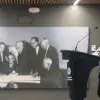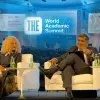Have you ever imagined a project of yours being sent to the International Space Station?
Students from Tec de Monterrey have accomplished this with their Luminys lunar bio-coating project that will be tested out on the International Space Station in 2025.
Montserrat García, Biniza Vázquez, and Daniel Serrato, students from the Querétaro, Puebla, and Morelia campuses, developed this proposal in AEXA’s International Air and Space Program
(IASP) at NASA’s U.S. Space and Rocket Center.
Also participating was Luis Mario Ruiz Manríquez, a Ph.D. student in Biomedical Sciences from the Monterrey campus.
In 2024, 53 young people from countries such as the United States, Canada, Germany, India, Ecuador, Guatemala, and Mexico participated.
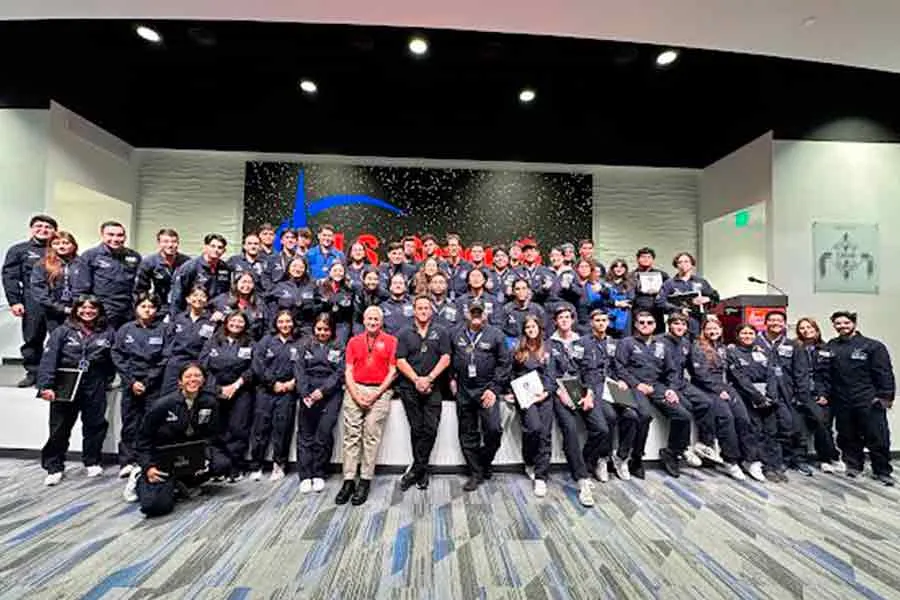
The program included Space Camp and creating a prototype to be used in space.
“That’s where they gave us the challenge, which was to create a component that provides a solution focused on the Artemis mission,” explained Biniza Vázquez.
For his part, Daniel Serrato from the Morelia campus said:
“This is the beginning of a journey that won’t be easy. Having participated in the program has provided me with a lot of learning and motivation for the future.”
At Space Camp, the Tec students participated in activities focused on the aerospace industry, including:
- Train like an Astronaut (Multi-Axis Trainer and Moonwalking, which simulates 1/6th gravity)
- Zero Gravity Simulation (SCUBA)
- Robotics and Rocketry Workshops
- Space Shuttle Mission Simulation
- Prototype Construction and Competition
“It’s a program that prepares you with technical knowledge and dynamic activities related to space exploration,” said Mario Ruiz, a member of Luminys and a Ph.D. student in Biomedical Sciences.
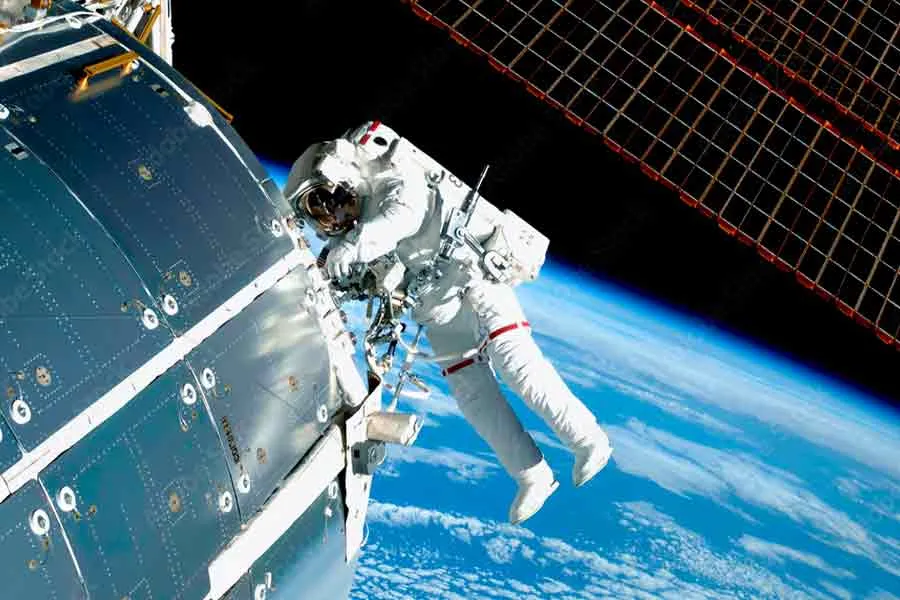
Luminys: In search of innovation
The challenge of AEXA’s International Air and Space Program was to propose a material that would provide protection against radiation, and that would also generate oxygen on 3D surfaces planned to be installed on the Moon.
So, after the Tec students had gotten together and held a brainstorming session, they decided to generate a bio-coating composed of lunar rigolith and cyanobacteria, which can be used as an applicator through chemical reactions by mixing water with these microorganisms.
“Imagine a waterproof paint that, when mixed, provides protection and allows life to exist in structures,” said Serrato.
“What made our team different was breaking away from the norm: while other projects focused on traditional solutions like carbon fiber, we combined different areas to offer a unique and innovative approach,” Mario said.
Montserrat said that the main challenge they faced during the development of the prototype was unifying the different points of view to offer a concise proposal.
“We were very consistent, as we sought to present a finished and viable project,” added the PrepaTec student.
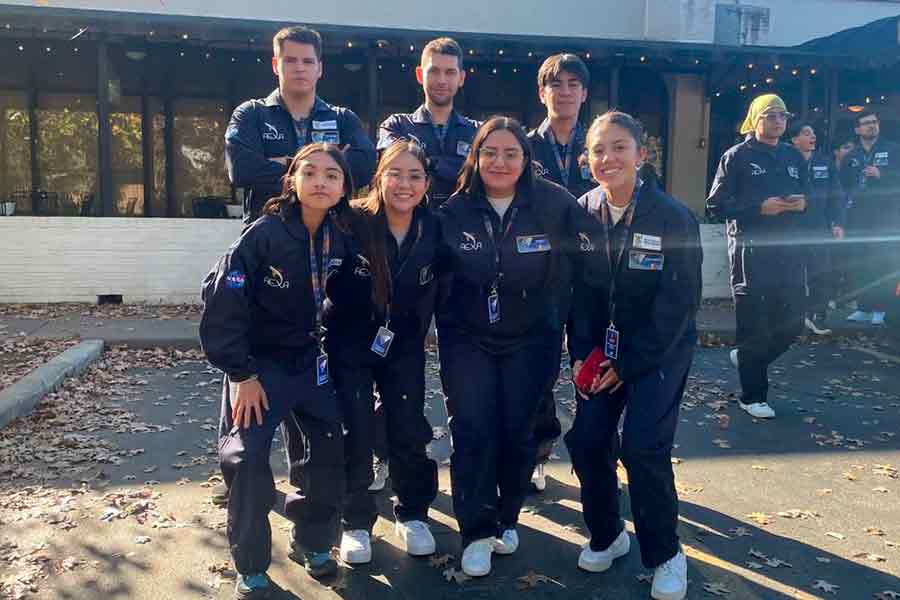
The physical prototype, which measures approximately 1 square inch in size, will be sent to the MISSE module on the International Space Station (ISS) to analyze its performance under the physical conditions of the Moon for 6 months.
First, they must work for 6 months to build the final device to be used in the space station. “The objective now is how to make it a reality, having to find more resources and a space to work as an international team,” said Biniza Verónica, who added:
“Feeling like I’m part of something big and being able to say that I’m part of the Artemis generation is a feeling that has left its mark on me as a person,” added the student.
“The main strength was that it was made up of students from diverse fields of study.” – Daniel Serrato
The path to victory
The Luminys team is made up of students from different degree programs, which the students found to be a valuable element. Other Ph.D. students, such as Pablo Gerardo González González from the Tampico campus, were part of the squad.
There were also students from other institutions, such as:
- Cynthia Valenzuela Chapa, from the Autonomous University of Nuevo León (UANL) and
- Geraldinn Andrea Cortez Barahona, from the University of San Carlos of Guatemala (USAC).
“The main strength was that the team was made up of students from different fields of study,” said Daniel, adding that each one contributed knowledge and skills which gave them a better understanding of what they were doing.
The students told CONECTA that they pitched the project in 5 minutes, so synthesizing information to make it attractive and focused on both sustainability and profitability was another challenge they had to overcome.
The panel included NASA SpaceAcademy and SpaceCamp Counselor Paul Sylvester Shanley; former NASA astronaut and biochemist Dr. Larry DeLucas; former NASA scientist Ray Cronise; and Octavio Flores, current Director of AEXA.

Beyond the limits
Finally, the members shared a message: Montserrat García said that “You should always trust that you’re capable and enjoy the journey.”
Mario pointed out that “Getting out of your comfort zone and constantly learning brings with it new experiences and reinforces your learning.”
The Puebla campus student invited the public to apply to the International Air and Space Program (IASP) call for applications for 2025.
YOU’LL ALSO WANT TO READ:




